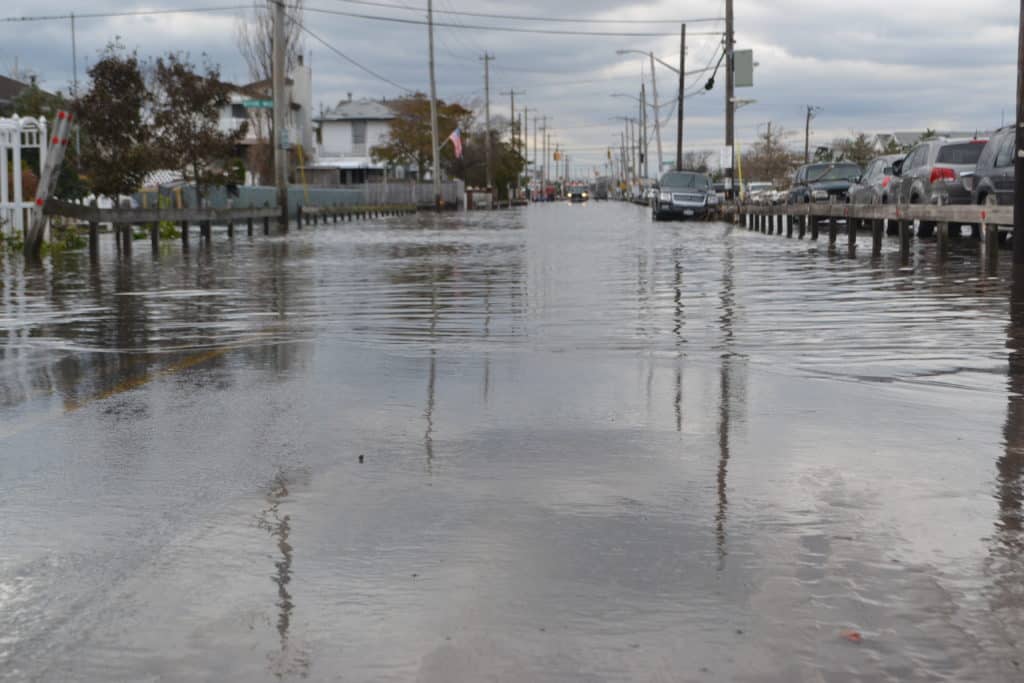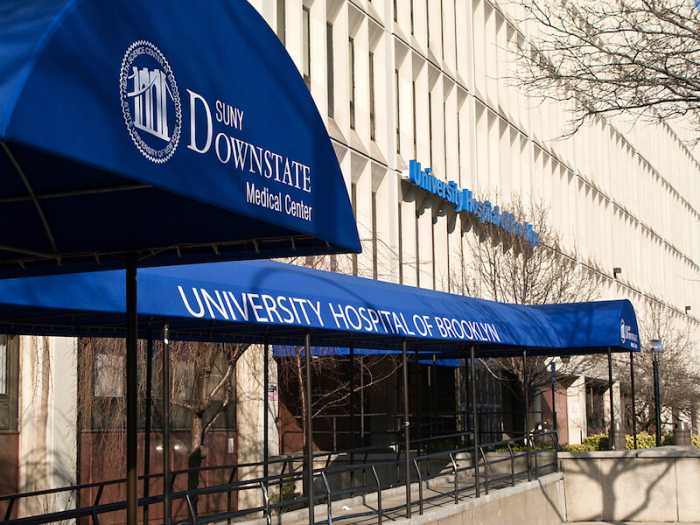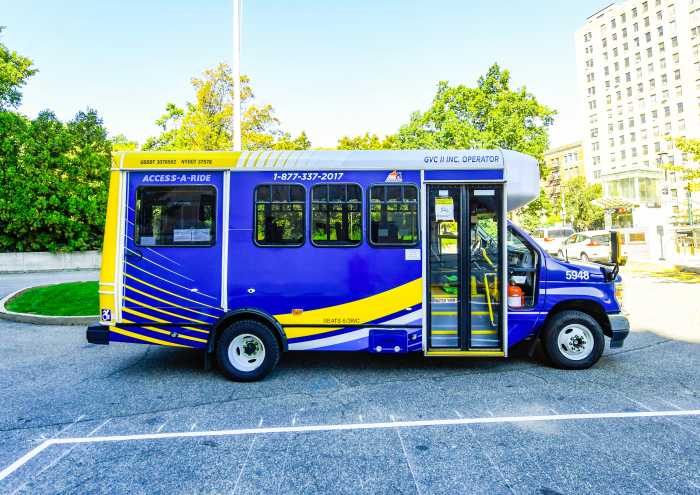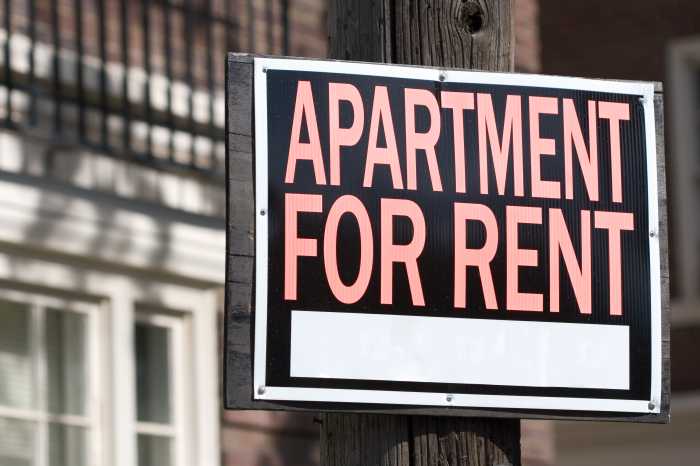The deluge that paralyzed New York City in September is just the latest example of the threat climate change poses to our citizens and our aging infrastructure, and it won’t be the last. A new analysis shows that the occurrence of extreme weather events, including 95+ degree days and heavy rainfall, are coming faster and more furious than previously predicted. The New York City region must get ready for it.
One thing that held up well in the storm last month was the electric grid– and not because we got lucky. During that extreme downpour just, 0.2% of our customers lost power, fewer than on an average day statewide. That’s because since Superstorm Sandy, Con Edison has made a series of strategic and aggressive investments to harden the energy system against these very kind of extreme weather events.
In the aftermath of that storm, Con Edison invested $1 billion to build flood walls, install more drainage pumps, and place submersible transformers across the system so that our equipment could withstand an influx of salt water and still remain in service. We reconfigured two electrical networks in Lower Manhattan to better withstand severe flooding events and initiated a pilot program to reposition overhead lines in Queens and northern Westchester underground to protect our equipment from fallen trees and branches. Following two more destructive storms in March 2018, we initiated a $100 million program to similarly further fortify our systems across Westchester County.
But we also know the problem is far from being solved for the region, and in fact, we now know we must prepare for even worse conditions. Last month, Con Edison released a study, in partnership with Columbia University, that found that climate change will bring more heat waves, severe floods, heavier snow and stronger winds. The study forecasted that by 2030, New York City will experience up to 17 days a year with temperatures of 95 degrees or higher, up from four days a year in previous projections.
What all of this means is that we must continue to make important investments and work together towards meeting our state’s ambitious climate goals in order to reduce carbon emissions and bolster our grid’s resiliency. New York State already set a nation-leading target that requires a transition to a zero-emission energy grid by 2040. Achieving this goal requires everyone doing their part, and we are proud to be an active partner – working alongside elected leaders and community organizations – in ushering in New York’s clean energy future.
We fully understand that making these investments is hard. While it’s concerning that there are voices in Albany that are calling for slowing down the pace of – or even halting – our state’s climate agenda, the return on investment is clear: while the streets flooded and subway tunnels were overwhelmed during the storm, the lights stayed on. A resilient city doesn’t happen by accident. We need to keep investing to fortify our infrastructure and energy grid from extreme weather and make our climate goals a priority. The actions we take now outweigh the costs of inaction down the road.
Jen Hensley, Senior Vice President of Corporate Affairs, Con Edison






































